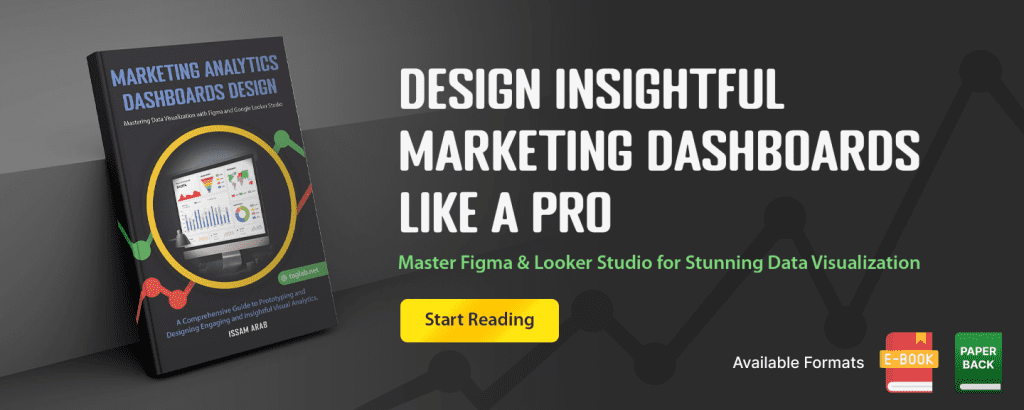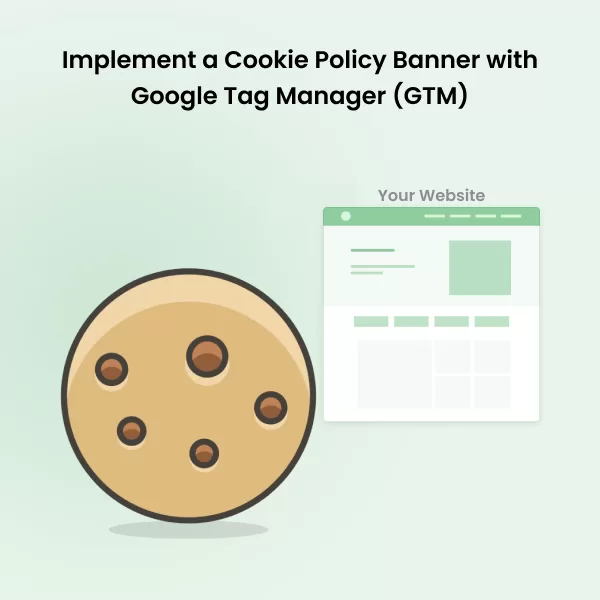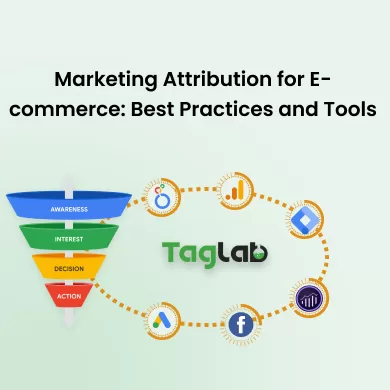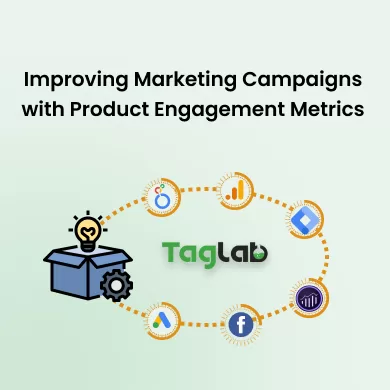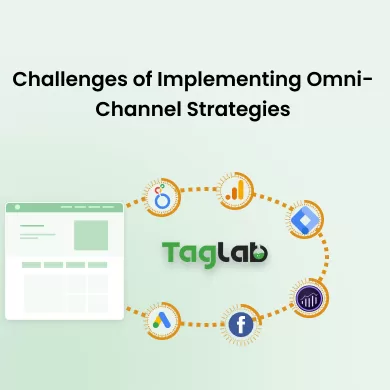Your cart is currently empty!
Customer Lifetime Value (CLV) Calculator & Formula
Customer Lifetime Value (CLV) Calculator
Customer Lifetime Value (CLV) Formula
Explanation
Customer Lifetime Value (CLV) measures the total revenue a business can expect from a customer over the entire duration of their relationship. It is calculated by multiplying the average purchase value by the purchase frequency and customer lifespan.
Real-Life Example
Let’s say a customer spends an average of $100 per purchase, makes purchases 5 times a year, and remains a customer for 10 years. To calculate the CLV, you would use the formula:
CLV = Average Purchase Value × Purchase Frequency × Customer Lifespan
Substitute the values into the formula:
CLV = $100 × 5 × 10 = $5,000
This means the Customer Lifetime Value is $5,000, indicating the total revenue expected from this customer over their relationship with the business.
Benchmark Indicators
Understanding CLV benchmarks is crucial for evaluating customer value and business performance. Different industries have varying standards for CLV, and knowing these can help you set realistic goals and optimize your strategies:
- Retail: CLV typically ranges from $1,000 to $5,000.
- Technology: CLV can range from $5,000 to $20,000 or higher.
- Professional Services: CLV often ranges from $10,000 to $50,000.
- Healthcare: CLV can range from $5,000 to $30,000.
Frequently Asked Questions
What is Customer Lifetime Value (CLV)?
Customer Lifetime Value (CLV) measures the total revenue a business can expect from a customer over the entire duration of their relationship. It helps businesses understand the long-term value of their customers.
Why is CLV important?
CLV is important because it indicates the profitability of a customer over their lifetime. Higher CLV values suggest more valuable customers, which can help businesses make informed decisions about customer acquisition and retention strategies.
How can I improve my CLV?
Improving CLV can be achieved by enhancing customer satisfaction, increasing purchase frequency through loyalty programs, offering personalized experiences, and improving customer service to extend the customer lifespan.
What factors influence CLV?
Factors that influence CLV include average purchase value, purchase frequency, customer lifespan, customer satisfaction, and the effectiveness of your marketing and customer service strategies.
What is a good CLV?
A good CLV varies by industry. For example, in retail, CLV typically ranges from $1,000 to $5,000, while in technology, it can range from $5,000 to $20,000 or higher. Higher CLVs generally indicate more valuable and loyal customers.
Can CLV fluctuate over time?
Yes, CLV can fluctuate over time due to changes in customer behavior, market conditions, and the effectiveness of your customer retention strategies. Regular monitoring and adjustments are necessary to maintain optimal CLV.
